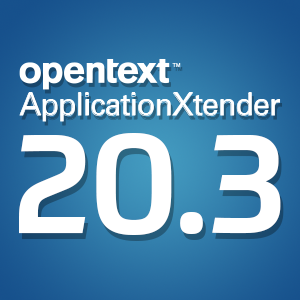Balancing bottom line with green initiatives in a paperless world
Friday, March 14, 2014When it comes to investing in paperless strategies, there are often two primary drivers for enterprises, going green and reducing spending. However, sometimes these efforts can come into direct contradiction, with optimizing environmentally-friendly efforts ending up increasing a firm's budget needs rather than reducing them. While this frequency balances out over time, a company looking to achieve both goals sooner will want to see immediate results on both fronts, not a see-sawing of money versus benefit. This can be accomplished by taking time with strategy development, investing in the right paper conversion services and deploying high-quality document management software to keep information and data use on track.
According to Director of Finance Online, the emphasis in paperless initiatives lately tends to be on environmental impact, and for good reason. Paper consumption has a negative impact on the planet, no matter how you look at it. Either a company is wasting trees, or creating waste that will end up in a landfill. Even strict recycling efforts end up with some waste or negative impact on the environment making a completely digital office the only "sure" way to reduce one's carbon footprint.
However, the argument to reduce costs by going paperless often carries more weight in an enterprise environment. Reducing spending, cutting real estate costs and improving worker productivity all look good on paper, but companies have to balance these benefits with the cost they put into the solution. Going from 100 percent paper-based operations to 100 percent digital requires significant investments into data storage, computing devices, training and document conversion services. This has a potentially high initial cost, requiring clear and immediate ROI to legitimize the expenditure.
For any company, the best way to accomplish these goals is to balance savings with green efforts. Going green can be a return in its own right, so a company that can demonstrate the immediate halting of nearly 45 sheets of paper used a day per employee can see the benefit before the financial numbers start to roll in. Taking into consideration that paper waste could cost businesses nearly 4 percent of their annual turnover, according to the news source, those financial numbers can be significant. Furthermore, filing, storage and retrieval of paper records costs accounts for $25-35 billion in enterprise spending every year, with the average four-drawer filing cabinet running $25,000 to fill, and $2,000 to maintain in that same time span, holding around 15-20,000 pages of paper.
Brought to you by Image One Corporation, providing complete information governance since 1994.




